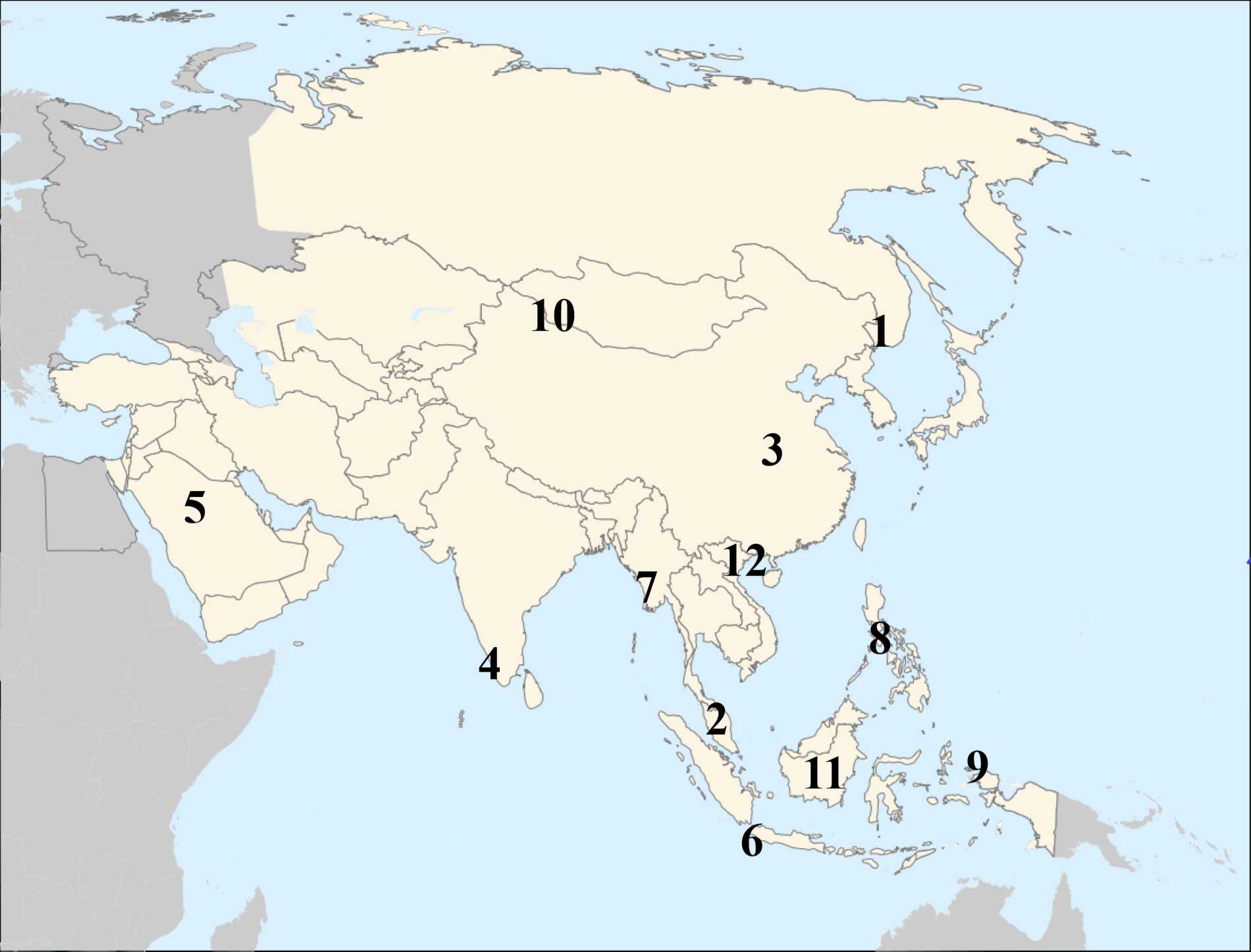
Endangered Asian Mammals and Where to Find Them Quiz
The vast continent of Asia is home to a equally vast number of animal species - sadly many of them threatened with extinction. All the mammals featured in this quiz are classified by IUCN as Critically Endangered.
A label quiz
by LadyNym.
Estimated time: 3 mins.
- Home
- »
- Quizzes
- »
- Animal Trivia
- »
- Animals by Region
- »
- Asia
